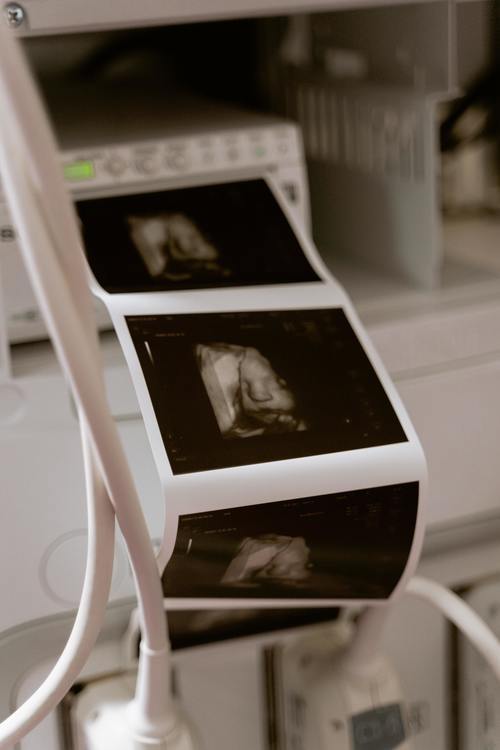Medical imaging is a diverse segment of the healthcare market. X-rays remain the most popular form of Antaros Medical imaging, used for both dental, veterinarian, and medical purposes. Outside of the healthcare field, historians also use x-rays to study artifacts. The immense popularity of the technology comes with its challenges, including the safe disposal of abundant waste products. Here are the types of x-ray wastes and the ways in which professionals dispose of them.

Waste producers are responsible for instituting a comprehensive removal plan to ensure patient health and safety. Maintaining an environment free of contamination includes instituting a process for removing waste specific to imaging.

Film
X-ray film is used to display an image. It contains silver, which plays a role in the radiographic process, which produces the image. Unfortunately, high concentrations of silver are hazardous and the facilities must carefully dispose of film waste.
Fixer
Containing silver, the fixer neutralizes developer on film and hardens emulsion. The high silver concentration makes it dangerous, requiring the hazardous waste to be disposed of as a solid waste. Medical facilities are prohibited from pouring fixer down the drain..
Developer
Containing the toxic hydroquinone, the developer turns x-ray images into pictures. Hydroquinone is extremely toxic to humans, causing skin irritation, nausea, headache, dizziness, lack of oxygen, and impaired vision to those exposed. Unused developer is the most toxic. After use, hospitals may pour developer down the sink or flush in a toilet.
Lead
Aprons and gowns are protective equipment, which protects patients from x-ray radiation. Many facilities are still using analog machines, requiring lead-based protective wear for the subjects. As technology evolves, facilities are moving to digital systems, which are less hazardous.
For companies who dispose of hazardous materials, contracts with medical facilities bring workers into direct contact with medical imaging and x-ray waste. Project managers work directly with health and dental companies to ensure the proper processes are in place during the disposal pipeline. The hospital is responsible for managing the waste in accordance with federal and state laws. Both the facility and the waste management company must agree on a waste management plan for eliminating chemical and other hazardous wastes.
Once the waste management company picks up the waste, its workers must follow a strict plan for storage and disposal to ensure there is not contamination and danger for company workers. Managers implement protective measures, such as instituting policies addressing protective gear and processes, including the following.
- Implementing a plan to address waste disposal per contractor
- Conducting evaluations of the process and institute continuous improvement measures
- Analyzing personnel risks
- Training workers on the appropriate disposal protocols
- Supervising and control process to prevent contamination
- Managing the collection storage and transportation of hazardous imaging waste.
Companies that dispose of medical imaging waste have a complex job, which requires coordination with a number of medical facilities. While monitoring the collection and disposal of hazardous waste, the company must adhere to high standards set by legislation to protect consumers and the environment.

